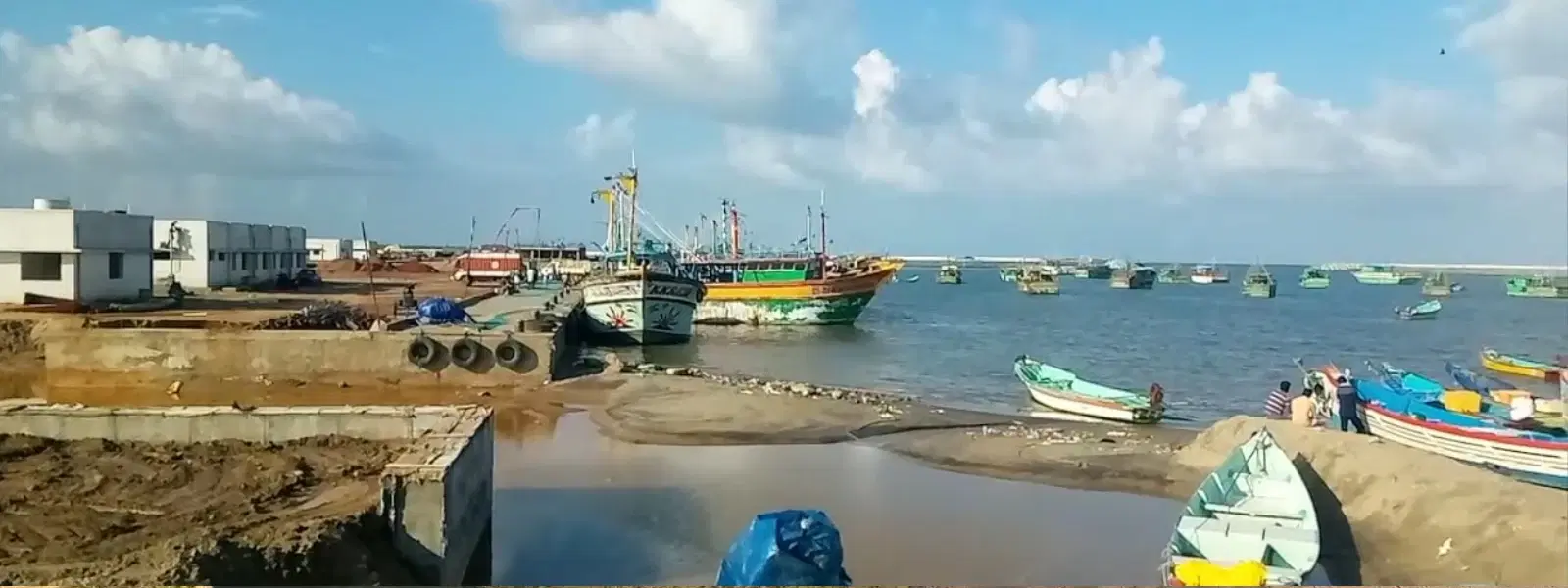
Hotels
•03 min read

Tamralipta, an ancient port in West Bengal, invites you to step back in time and explore a rich tapestry of history and culture. This guide is designed to equip you with 10 must-know facts about Tamralipta, ensuring that your visit is both meaningful and memorable. As you journey through its storied streets, you’ll discover insights into its origins, its dynamic role in ancient trade, and the cultural and religious heritage that still echoes today.
The name Tamralipta is deeply intertwined with its copper trade legacy. Legend has it that the term is derived from the red-hued copper artifacts that were once a staple of its commerce. Ancient texts, including references in the Mahabharata and Buddhist scriptures, mention this enigmatic port, hinting at its early significance. Understanding these origins gives you a glimpse into a time when this port was already a bustling center of activity.
From a modest settlement, Tamralipta evolved into a major port during the Gupta period. Over centuries, it became an essential link in ancient Indian trade routes, connecting the heart of India to distant lands. This expansion wasn’t just about commerce; it also laid the foundation for a rich cultural exchange that has defined the port’s legacy. Each layer of history here contributes to Tamralipta’s narrative as one of India’s ancient trade hubs.
Strategically located near the Bay of Bengal, Tamralipta served as a vital node linking India to Southeast Asia. Its geographic position allowed it to flourish as a center for exporting prized goods such as spices, textiles, and copper. For those with an interest in ancient trade routes West Bengal, the journey through Tamralipta is a fascinating exploration of commercial vigor and cultural connectivity.
Beyond its role in trade, Tamralipta was a melting pot where diverse cultures intertwined. Maritime activities here were not only about the exchange of goods but also about the circulation of ideas and traditions. Archaeological evidence, including ancient coinage and artifacts, vividly illustrates the port’s engagement in extensive maritime exchanges with civilizations far and wide. Its story is a testament to the timeless appeal of ancient Indian ports and their role in shaping regional histories.

No visit to Tamralipta is complete without exploring its spiritual landmarks. Historical temples, including the revered Devi Bargabhima Temple in Tamluk, stand as cornerstones of its religious heritage. These sacred sites reflect the significant influence of Hinduism and Buddhism, which have together shaped the region’s cultural landscape. For anyone exploring historical places in West Bengal, these temples offer a profound connection to the past.
Local festivals in Tamralipta are vibrant reflections of its cultural identity. Celebrations here are not mere festivities; they are rituals deeply rooted in the historical significance of the port. These traditions, passed down through generations, highlight the community’s spiritual and cultural unity. As you experience these festivals, you’ll witness how Tamralipta cultural heritage continues to thrive and inspire local pride.
Archaeological digs in Tamralipta have unearthed treasures that bring to light its illustrious past. Findings such as pottery, coins, and ancient inscriptions offer invaluable glimpses into its bustling trade and daily life centuries ago. Each discovery underlines the Tamralipta port history and reaffirms its status as a cornerstone of ancient civilization in India.
There has been a renewed focus on preserving Tamralipta’s cultural and historic sites. Local authorities in collaboration with historians and archaeologists are actively working to maintain this cultural heritage. Their efforts are crucial in safeguarding the valuable legacy of an ancient trade hub India that continues to teach us about resilience, innovation, and cultural unity through the ages.
A visit to Tamralipta promises a mix of history, culture, and exploration. A well-prepared itinerary might include visits to key temples, local museums, and preserved archaeological sites. Additionally, exploring nearby attractions that highlight historical tourism West Bengal can enrich your travel experience. A simple checklist of must-visit sites ensures you cover the essential highlights of this ancient port.

Traveling to Tamralipta is an adventure that warrants some planning. It is best visited during the milder seasons when weather conditions are most comfortable. Local transportation options and a variety of accommodation choices cater to every need, making it an excellent destination for the Wanderer, the Planner, the Professional, and even the Luxury Seeker. Remember to explore the history respectfully and immerse yourself in the local customs.
"Did You Know? Tamralipta was not only a trade hub but also a cultural melting pot where merchants from across Asia exchanged goods, ideas, and traditions, shaping the region’s unique heritage."
Tamralipta was one of the most prominent ancient ports in Bengal, serving as a major trade hub during the Gupta period.
The exact founder of Tamralipta is unknown, but historical records suggest it was established as a trade center during ancient times, evolving under various dynasties.
Tamluk, the modern name for Tamralipta, is believed to be over 2,000 years old, with references in ancient Indian texts and archaeological evidence supporting its antiquity.
In essence, Tamralipta stands as a beacon of historical importance, proudly showcasing its cultural heritage and archaeological wonders. Whether you are a history buff or an adventurous traveler, the ancient narratives woven into the fabric of this port promise an enriching experience. Delving into Tamralipta's past offers profound insights into the dynamic tapestry of ancient Indian ports and trade hubs, inviting you to explore the deep-seated legacy of West Bengal.